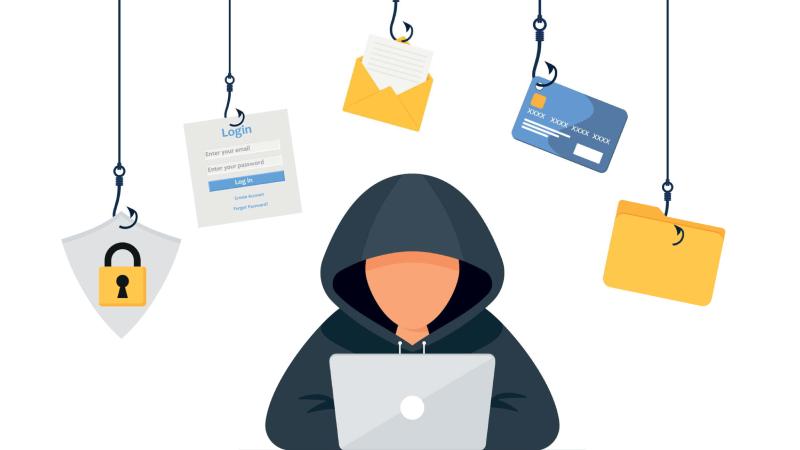
What is phishing? How Can You Protect Yourself from Phishing?
Phishing is also called phishing. Phishing is a type of attack that fraudsters randomly or deliberately send to us users via e-mail.
Phishing is used to learn a person’s password, credentials, and credit card information. E-mails sent as if they come from an official organization or a bank can redirect to fake sites and make them ready for phishing attacks.
Banks, social networking sites, email, online games, etc. for attacks. fake websites are prepared. Identification information, card number, password, etc. from the person who is the computer user. Prompted. It is possible that the information of users who implement redirects in the email message and on the fraudulent site is stolen.
The main purpose of this attack is the account numbers of computer users, user passwords, credit card number and user passwords used in internet banking.
How to Perform a Phishing Attack?
The e-mails sent to you appear to come from the institutions and accounts that you constantly communicate with in your e-mail account. Computer users are prompted to click this link and reset your expired password. The person who is attacked by the fake site is asked for his password. The user enters his password unannounced and logs out of the page by saving it in the system. The phishing person or persons copy the password entered and can make purchases or money transfers with this information.
How Can We Protect Ourselves from Phishing Attacks?
- The password we use for email must be different from our other passwords.
- Do not click on the links to e-mails requesting your personal information and do not respond.
- Official institutions and organizations do not ask you for personal information via e-mail, do not respond to these e-mails.
- Never click on URL links (bit.ly, ow.ly, tinyurl.com, is.gd, goo.gl, tiny.cc, cli.gs, etc.) in your email.
- Be sure to use an antivirus program.
- You should avoid installing software of unknown origin that you cannot trust.
- Even on sites that are secure, be sure to check if the site has a non-disclosure agreement that says it shares this information with third parties.
- In multiple sharing areas where wireless internet is available, transactions related to passwords etc. should not be made to banks and official institutions.
- Do not use your e-mail addresses that you use in social media in corporate e-mails.
- Privileged Access Management (PAM), Dynamic Password Management (Dynamic Password Controller), Privileged Session Manager can choose one of these security measures.
- With the two-factor authentication (2FA) feature, it is possible to minimize security vulnerabilities.
- The best way to protect yourself from these types of attacks is for computer users to be aware and informed.
Example of Phishing Attacks
Example of Phishing Attacks: www.icrypexx.com
The second “x” at the end of the word ICRYPEX can result in your information falling into the hands of scammers in a careless moment.
As in the example below, there is a warning in the login to our exchange to protect against phishing sites. All traders should make sure that the address in the browser address bar is the same as the one in the box above before logging in.

Bonus: If you want to keep your assets safe and trade cryptocurrencies safely, you can opt for the ICRYPEX cryptocurrency exchange. You can review the measures we have taken for security purposes here .